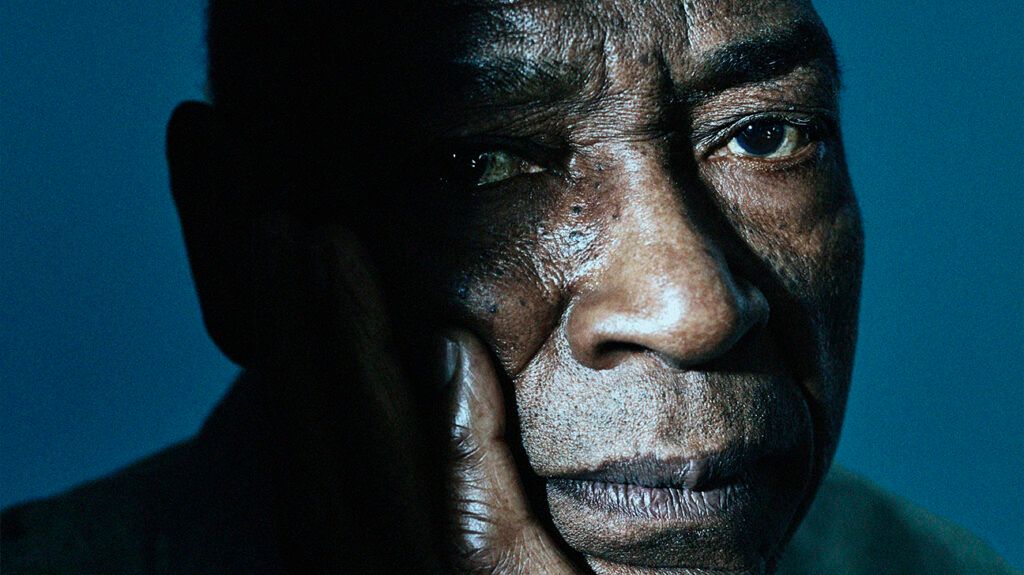Presbyopia is an eye condition that causes a reduced ability to see things up close. It occurs when the eye’s lens stops focusing light correctly on the retina and usually develops later in life.
The term presbyopia comes from a Greek word that translates to English as “old eye.” The condition is a typical part of aging.
Presbyopia is a type of refractive error that causes people to have difficulty seeing things up close.
Read on to learn about the symptoms and causes of presbyopia. This article also looks at risk factors, diagnosis, treatment options, and more.

Presbyopia causes the following symptoms:
- problems seeing things up close
- having to hold reading materials farther away to focus on them clearly
- eyestrain
- headaches
Symptoms typically worsen over time. However, progression usually stops after the age of
Learn about ways to prevent eyestrain.
Presbyopia
The lens is the part of the eye that sits directly behind the pupil. The cornea is the name for the clear, dome-shaped front portion of the eye.
The lens and the cornea focus light onto the retina, which is the light-sensitive tissue that lines the back of the eye.
The lens changes shape to help a person focus on things that are up close.
As an individual gets older, their lens becomes harder and less flexible. This means they stop focusing light correctly on the retina, causing nearby objects to appear blurry.
Learn about what can cause sudden blurry vision.
The main risk factor for presbyopia is age. Most people will begin to experience the symptoms of presbyopia as they get older. It typically begins to develop when a person is in their
Some people may not experience the symptoms of presbyopia until
Some medical conditions may increase someone’s risk of developing presbyopia at a younger age. These include:
An ophthalmologist, who is a healthcare professional who treats eye disorders, or an optician will
They will measure the refractive power of the eyes using a small instrument called a phoropter. Refractive power refers to the ability to bend light. In the eyes, being able to focus light correctly on the retina is crucial for vision.
Once an eyecare specialist has determined that a person has presbyopia, they will carry out an eye test to assess what prescription strength the person requires to correct their vision.
During the eye test, a person will usually have to look at eye charts. These will feature:
- letters
- numbers
- broken rings
The features on the eye chart will decrease in size. A person will look at the chart and see which size features they can see.
Although there are currently no treatments to address the underlying cause of presbyopia, a person can take steps to manage symptoms.
Reading glasses
Wearing reading glasses is the most effective way of managing presbyopia.
A person can correct the effects of presbyopia by wearing glasses. They correct close-up vision issues by refracting the light before it enters the eye.
Most people wear reading glasses by the age of
Contact lenses
A person may also wear contact lenses to correct their vision. Monofocal contact lenses
This can help a person see clearly over a range of distances. However, the effect of wearing different lenses in each eye can reduce a person’s depth perception and contrast sensitivity.
The other option is to wear multifocal contact lenses, which feature concentric refractive designs. This can help correct a person’s distance, intermediate, and near vision.
It is
However, attending regular eye appointments can help a person monitor any changes in their vision and take steps to manage symptoms as soon as they develop.
If a person does not wear glasses or lenses to correct their presbyopia, they
These include:
- difficulty reading
- drowsiness
- headaches
Contacting an eye doctor as soon as a person has concerns about their vision may help reduce the likelihood of complications.
Here are some frequently asked questions about presbyopia.
Is presbyopia nearsighted or farsighted?
Presbyopia is similar to farsightedness as
How do you fix presbyopia?
It is not possible to completely fix or correct presbyopia. However, a person can wear glasses or contact lenses to help see things up close more clearly.
At what age does presbyopia stop?
Presbyopia usually stops worsening after the age of
Presbyopia is a type of refractive error that causes a person to lose the ability to see things up close.
It occurs when the lens in the eye becomes harder and less flexible. This causes it to stop focusing light correctly on the retina, resulting in nearby objects appearing blurry.
Other symptoms of presbyopia include headaches and eyestrain.
Most people will develop presbyopia. Symptoms commonly begin around the age of 40 years and continue to progress until around 65 years.
An eye doctor can diagnose the condition and advise on steps to help improve vision. This can include wearing glasses or contact lenses.
